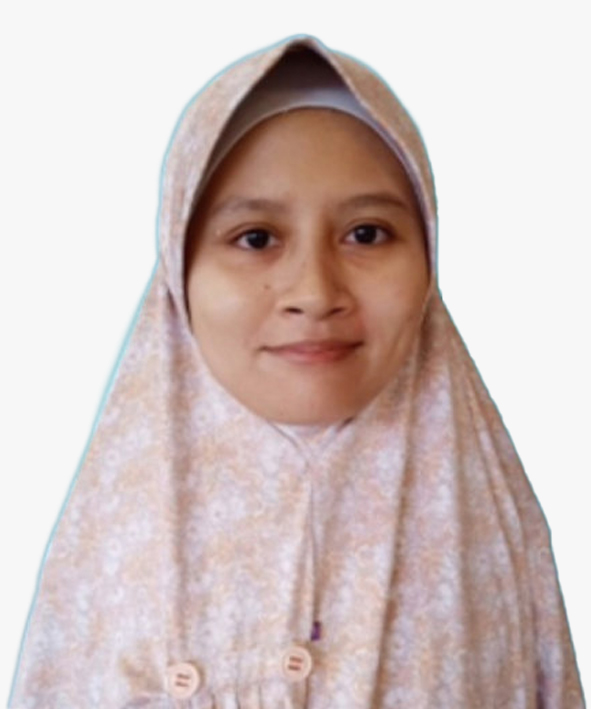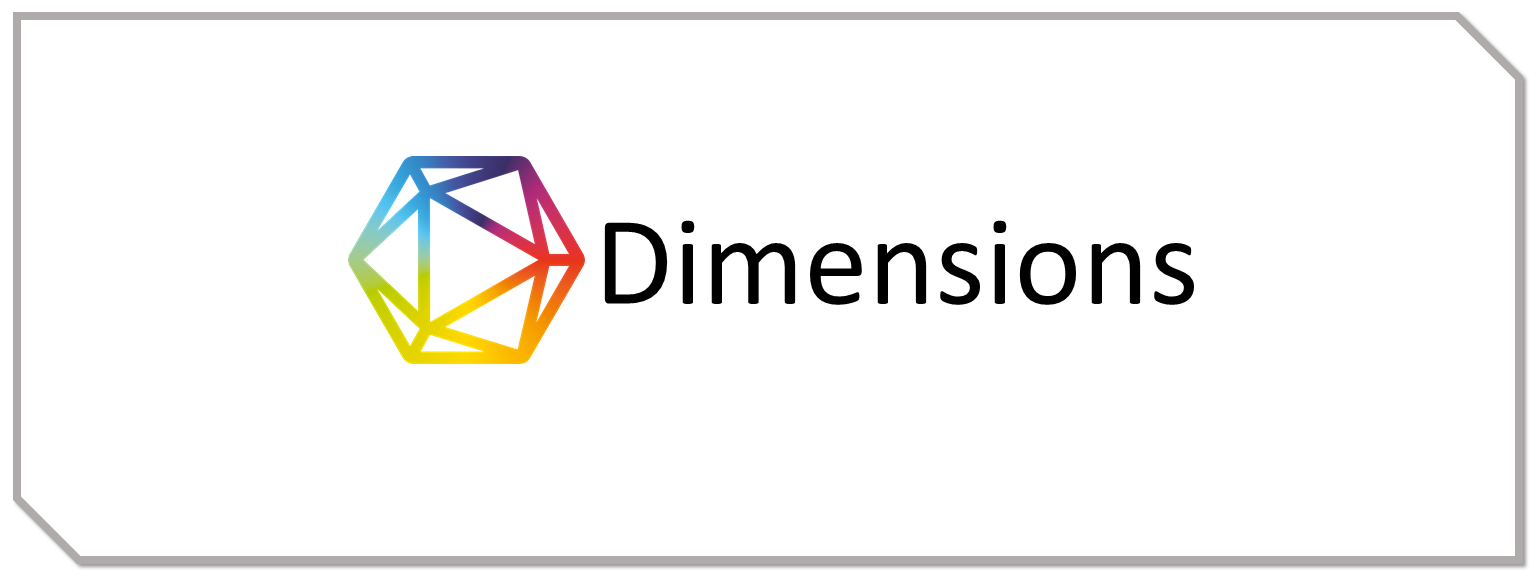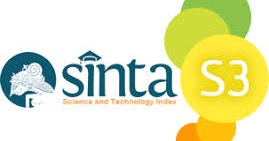The Relationship Between Substance use as a Coping Mechanism and Sleep Quality Among General Practitioners and Resident Doctors Serving Covid-19 Patients In Surabaya
Introduction: During the 2020 period, the number of positive COVID-19 cases in Indonesia experienced a surge. It was reported in a study that 5.7% of healthcare workers needed sleep medication since COVID-19. This research is aimed at analyzing the relationship between substance use as a coping mechanism and sleep quality among healthcare workers in the COVID-19 pandemic era. Methods: This study was conducted from March to August 2021 on general practitioners in the emergency room of hospitals who worked as clinicians in the pandemic era in Surabaya. Purposive sampling technique was used. Coping strategies related to substance use were evaluated using the Brief Cope Inventory (BCI), while sleep quality was assessed using the Pittsburgh Sleep Quality Index (PSQI), and insomnia severity was measured using the Insomnia Severity Index (ISI). Data analysis was done using the Spearman correlation test (p < 0.1). Results: There was a relationship between substance use as a coping mechanism and sleep quality (α = 0.1) based on the ISI questionnaire (p = 0.096, r = 0.181), but using the PSQI (p = 0.568, r = 0.062), substance use did not significantly affect sleep quality. Many factors influence sleep quality, one of which is mental health conditions related to coping mechanisms. Substance use can cause various sleep disturbances. Conclusion: There is a relationship between substance use as a coping mechanism and sleep quality, but due to the minimal sample size, it may not sufficiently represent the population.
Copyright (c) 2025 Robertha Lutfi Andreani

This work is licensed under a Creative Commons Attribution-ShareAlike 4.0 International License.
1. Copyright of this journal is possession of the Author, by the knowledge of the Editorial Board and Journal Manager, while the moral right of the publication belongs to the author.
2. The journal allows the author(s) to retain publishing rights without restrictions.
3. The articles are published under a Creative Commons Attribution Share-Alike (CC BY-SA) license. Many research funding bodies prefer the CC BY-SA license because it allows for maximum dissemination and re-use of open access materials. Users are free to share (copy, distribute, and transmit) and remix (adapt) the contribution under this license, including for commercial purposes, as long as they attribute the contribution in the manner specified by the author or licensor.

























